Picture this: you've just invested in beautiful outdoor cushions that perfectly complement your patio decor. Six months later, they look like they've been through a color-draining time machine. Sound familiar? You're not alone in this fade-fighting battle.
As someone who's spent years in the outdoor furniture industry, I've witnessed countless homeowners make the same costly mistake - choosing cushions based solely on aesthetics while ignoring fade resistance. Today, we're diving deep into the science of fabric fading and arming you with the knowledge to make smarter purchasing decisions.

Why Do Outdoor Cushions Fade in the First Place?
Before we jump into solutions, let's understand the enemy. UV radiation from sunlight is the primary culprit behind fabric fading. When UV rays hit your cushions, they break down the molecular bonds in dyes and pigments, causing colors to gradually deteriorate.
But here's what many people don't realize - it's not just direct sunlight that causes problems. Reflected UV rays from concrete, water, or glass surfaces can be equally damaging. That's why even covered patios aren't immune to fading issues.
The Science Behind Color Loss
Different colors fade at different rates, and there's actual science behind this phenomenon. Red and blue pigments are particularly vulnerable to UV damage, while earth tones and darker colors generally hold up better. This is why you'll often see bright reds turn pink and vibrant blues become washed out grays over time.
Temperature fluctuations also play a role. The constant expansion and contraction of fabric fibers in hot and cold weather can accelerate the breakdown of color molecules. Add moisture from rain or humidity, and you've got a perfect storm for premature fading.

Fabric Types That Fight the Fade
Not all fabrics are created equal when it comes to UV resistance. Let me break down the heavy hitters in the fade-resistant fabric world:
Solution-Dyed Acrylic - The Gold Standard
Solution-dyed acrylic fabrics like Sunbrella are the undisputed champions of fade resistance. Unlike traditional dyeing methods where color is applied to finished fibers, solution-dyeing adds color during the fiber production process. This means the color is literally built into the fabric's DNA.
These fabrics typically come with 5-10 year warranties against fading, and many maintain their color integrity for even longer. They're also naturally water-resistant and mildew-resistant, making them ideal for outdoor bench cushions that face constant weather exposure.
High-Performance Polyester
Modern polyester fabrics with UV-resistant treatments offer excellent fade protection at a more budget-friendly price point. These fabrics often feature special coatings or additives that absorb or reflect UV radiation before it can damage the underlying dyes.
While they may not last quite as long as solution-dyed acrylics, quality polyester outdoor fabrics can still provide 3-5 years of excellent color retention with proper care.

Reading the Fine Print - Understanding Fade Ratings
When shopping for outdoor cushions, you'll encounter various fade rating systems. The most common is the Blue Wool Scale, which rates fabrics from 1 to 8, with 8 being the most fade-resistant. For outdoor use, look for fabrics rated 4 or higher.
Another important specification is the "lightfastness" rating, often expressed as AATCC (American Association of Textile Chemists and Colorists) grades. A Grade 4 or 5 lightfastness rating indicates excellent fade resistance suitable for outdoor applications.
Don't Fall for Marketing Gimmicks
Be wary of vague terms like "UV-resistant" or "fade-resistant" without specific ratings or warranties. These terms can be misleading, as even basic fabrics have some level of UV resistance. Look for concrete specifications and manufacturer warranties that back up fade-resistance claims.
Color Choice Strategy for Maximum Longevity
Your color selection plays a crucial role in how long your cushions will maintain their appearance. Here's my professional advice based on years of field testing:
The Safe Bets
Earth tones, deep greens, navy blues, and rich browns are your best friends when it comes to fade resistance. These colors contain more stable pigments that naturally resist UV breakdown. Plus, even if they do fade slightly, the change is often less noticeable than with brighter colors.
Black and very dark colors also perform well, though they can get quite hot in direct sunlight - something to consider for comfort alongside fade resistance.
The Risky Business Colors
Bright reds, vibrant oranges, and electric blues might look stunning initially, but they're the first to surrender to UV damage. If you absolutely must have these colors, look for solution-dyed options with the highest possible fade ratings.
Surprisingly, pure white can also be problematic. While it doesn't "fade" in the traditional sense, it can yellow or develop a dingy appearance over time, especially in polluted environments.

Maintenance Strategies That Actually Work
Even the best fade-resistant fabrics benefit from proper care. Here are some maintenance tips that can significantly extend your cushions' color life:
Strategic Positioning
If possible, rotate your cushions regularly to ensure even sun exposure. This prevents one side from bearing the brunt of UV damage while the other remains protected. It's like getting an even tan, but for your furniture!
Consider the sun's path throughout the day when positioning your outdoor chair cushions or benches. Areas that receive intense afternoon sun are particularly harsh on fabrics.
Cleaning Do's and Don'ts
Regular cleaning actually helps preserve color by removing dirt and pollutants that can accelerate fading. Use mild soap and water for routine cleaning, and avoid harsh chemicals that can break down fabric treatments.
Here's a pro tip: clean your cushions in the shade, never in direct sunlight. Heat from the sun can cause cleaning solutions to react differently with the fabric, potentially causing damage or uneven color changes.
When to Consider Covers and Protection
Even fade-resistant cushions can benefit from additional protection during extreme weather or extended non-use periods. Quality covers can extend the life of your cushions by years, but they're not always practical for daily use.
Consider retractable awnings or umbrellas for areas where you want to use your cushions regularly but provide some UV protection. The key is finding the right balance between protection and convenience.
Storage Solutions
If you live in an area with harsh winters or extreme weather, storing your cushions during off-seasons can dramatically extend their lifespan. Proper storage in a cool, dry place prevents not just fading but also mold, mildew, and other damage.
For custom outdoor cushions that represent a significant investment, seasonal storage is often worth the extra effort.

The Economics of Fade-Resistant Cushions
Let's talk money. High-quality, fade-resistant cushions cost more upfront, but they're often the more economical choice in the long run. Consider this: if you buy cheap cushions that fade within a year and need replacement, you'll likely spend more over five years than if you'd invested in quality fade-resistant options from the start.
I've seen homeowners go through three or four sets of budget cushions in the time that one set of premium fade-resistant cushions would have lasted. It's a classic case of "buy once, cry once" versus "buy cheap, buy twice (or thrice)."
Warranty Considerations
Pay attention to warranty terms when comparing options. A 5-year fade warranty indicates the manufacturer's confidence in their product's performance. However, read the fine print - some warranties require specific care procedures or have geographic limitations.
Regional Considerations and Climate Factors
Your geographic location significantly impacts how quickly cushions fade. Areas with high UV intensity (like the Southwest US), high altitude, or intense reflected light from water or snow require more robust fade protection.
Coastal areas present unique challenges with salt air, which can accelerate fabric deterioration. Desert climates combine intense UV with extreme temperature fluctuations. Understanding your local conditions helps you choose appropriate protection levels.
Humidity and Its Hidden Effects
High humidity areas like the Southeast face different challenges. While UV intensity might be lower due to atmospheric moisture, the combination of heat and humidity can promote mold and mildew growth, which can cause discoloration and fabric breakdown.
In these climates, look for fabrics with antimicrobial treatments in addition to fade resistance. Quick-drying properties become especially important for maintaining both appearance and hygiene.
Future-Proofing Your Investment
The outdoor fabric industry continues to evolve, with new technologies constantly improving fade resistance. Some manufacturers now offer fabrics with nano-coatings that provide superior UV protection while maintaining breathability and comfort.
When investing in custom cushions, consider working with manufacturers who stay current with these technological advances. The extra cost for cutting-edge materials often pays dividends in extended product life.
Sustainability Considerations
Choosing fade-resistant cushions isn't just about saving money - it's also an environmental decision. Cushions that last longer mean less waste in landfills and reduced manufacturing impact. Many premium outdoor fabrics are now made from recycled materials, offering both performance and environmental benefits.
Making the Right Choice for Your Situation
Ultimately, the best fade-resistant cushion choice depends on your specific circumstances. Consider your climate, budget, usage patterns, and aesthetic preferences. A beach house in Florida has different requirements than a mountain cabin in Colorado.
Don't be afraid to ask detailed questions when shopping. Reputable manufacturers should be able to provide specific fade ratings, warranty information, and care instructions. If they can't or won't, that's a red flag.
Remember that fade resistance is just one factor in cushion selection. Comfort, durability, water resistance, and overall construction quality all contribute to long-term satisfaction with your purchase.
Your Next Steps
Armed with this knowledge, you're ready to make an informed decision about your outdoor cushions. Start by assessing your specific needs and environmental conditions. Research fabric options that match your requirements, and don't hesitate to invest in quality when it makes sense for your situation.
Consider starting with one or two high-quality pieces to test their performance in your specific environment before committing to a full set. This approach allows you to verify fade resistance claims under your actual conditions.
Ready to Invest in Fade-Resistant Outdoor Cushions?
At Rulaer, we specialize in premium outdoor cushions designed to withstand the elements while maintaining their beauty for years. Our outdoor bench cushion collection features solution-dyed acrylic fabrics with industry-leading fade resistance ratings.
Every Rulaer cushion comes with detailed care instructions and performance specifications, so you know exactly what you're getting. We also offer custom cushion covers for those looking to refresh existing cushions with fade-resistant fabrics.
Browse our collection today and discover why thousands of homeowners trust Rulaer for their outdoor comfort needs. Your future self will thank you for choosing quality that lasts.

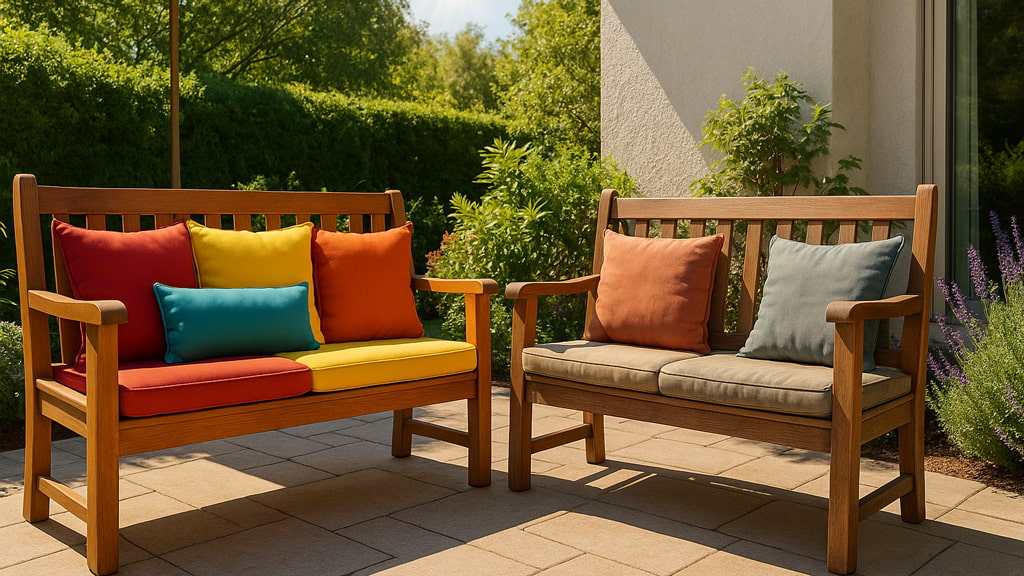

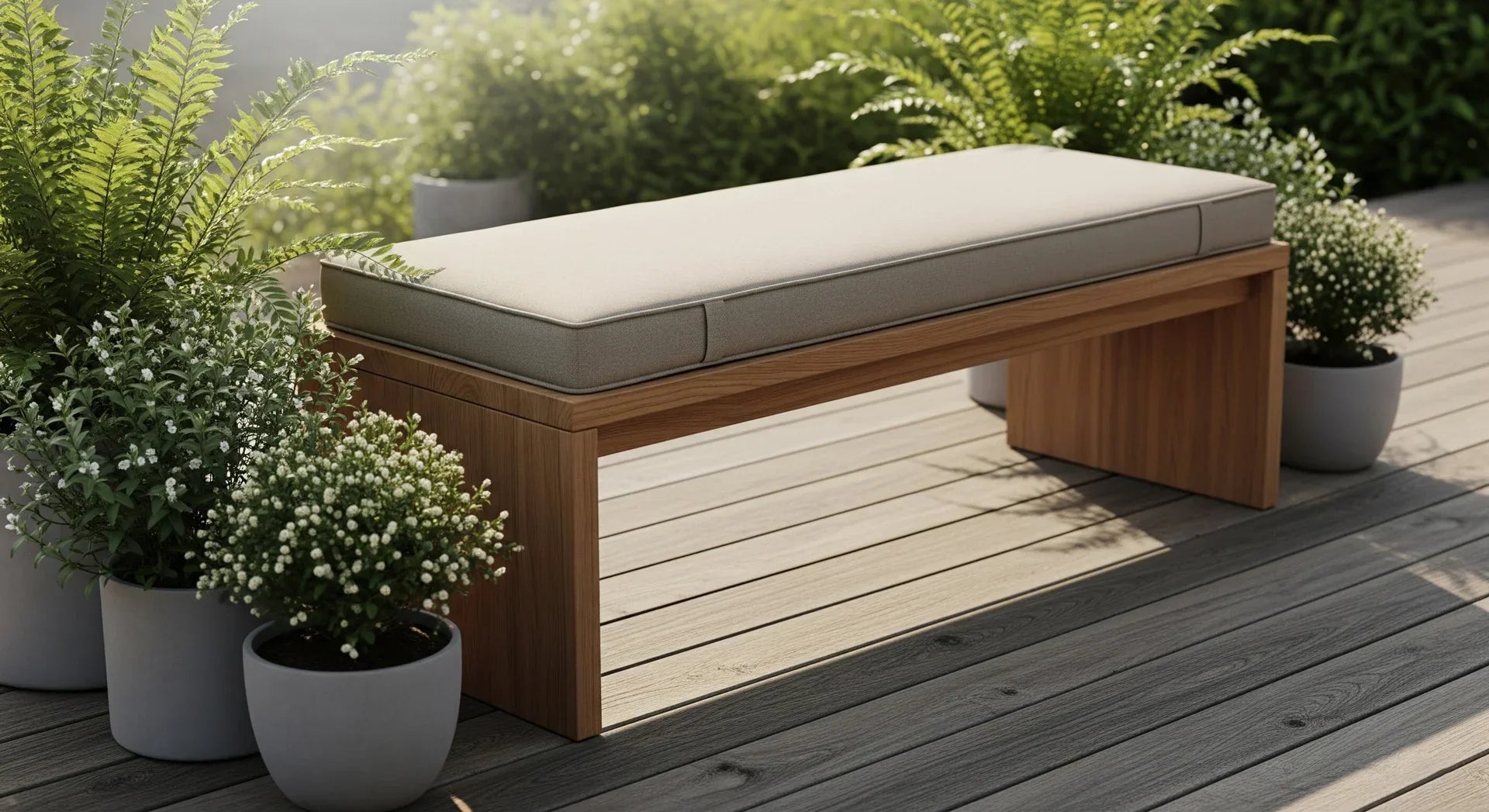
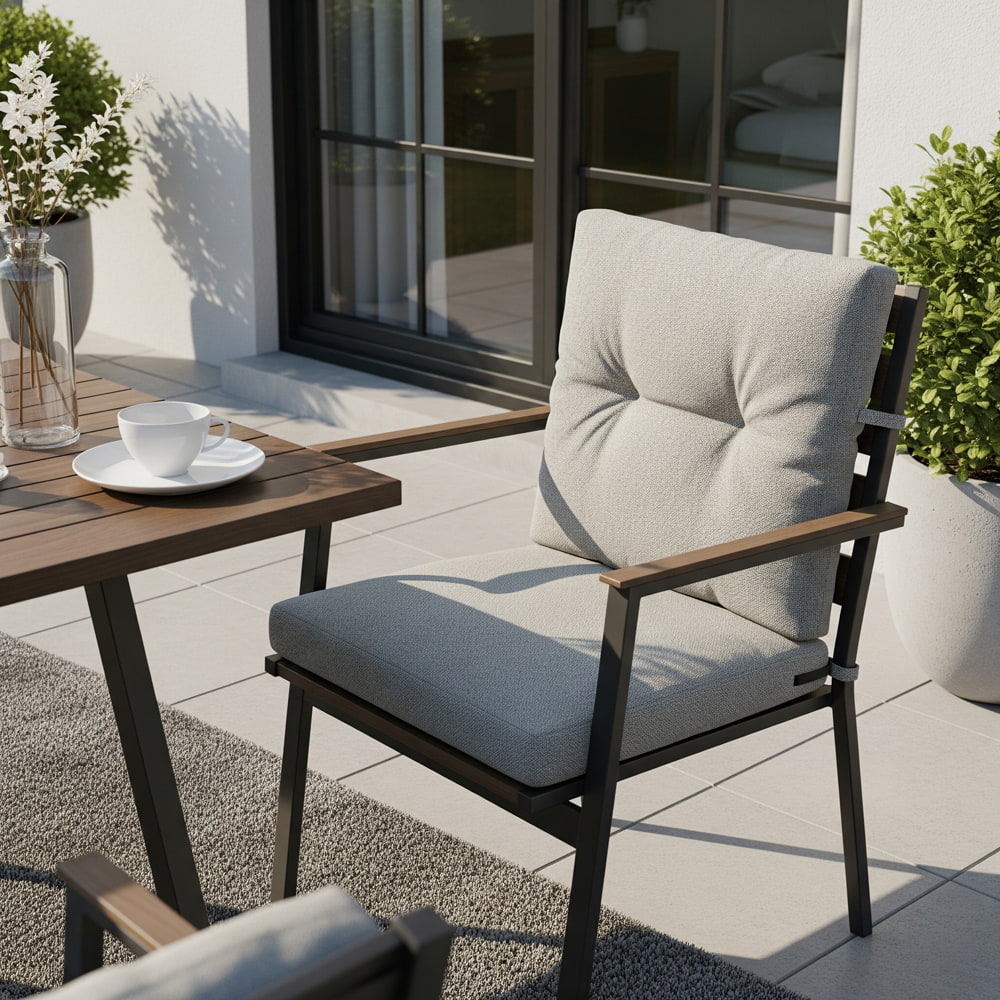
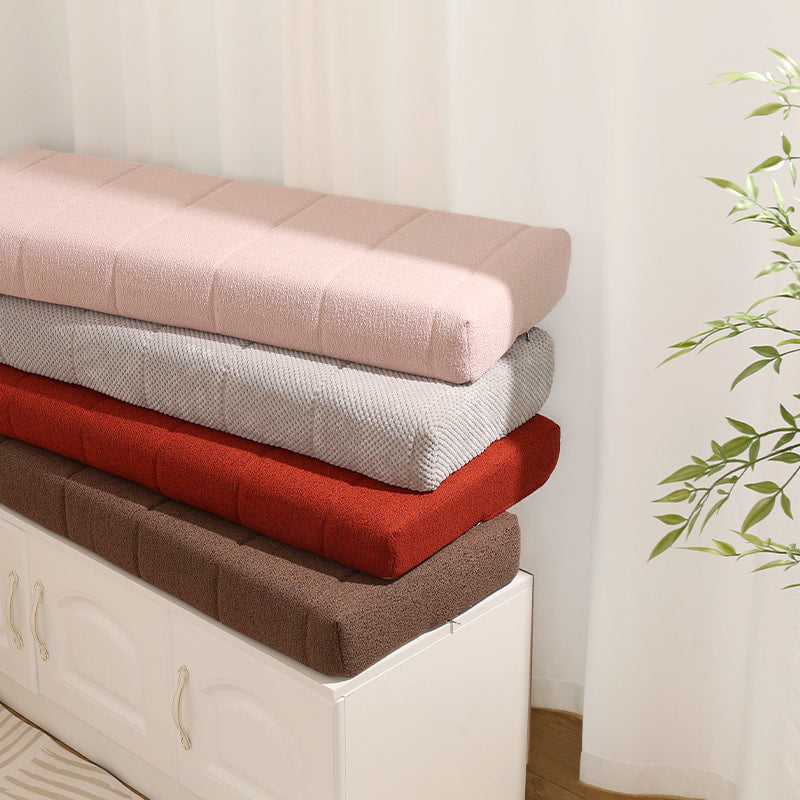
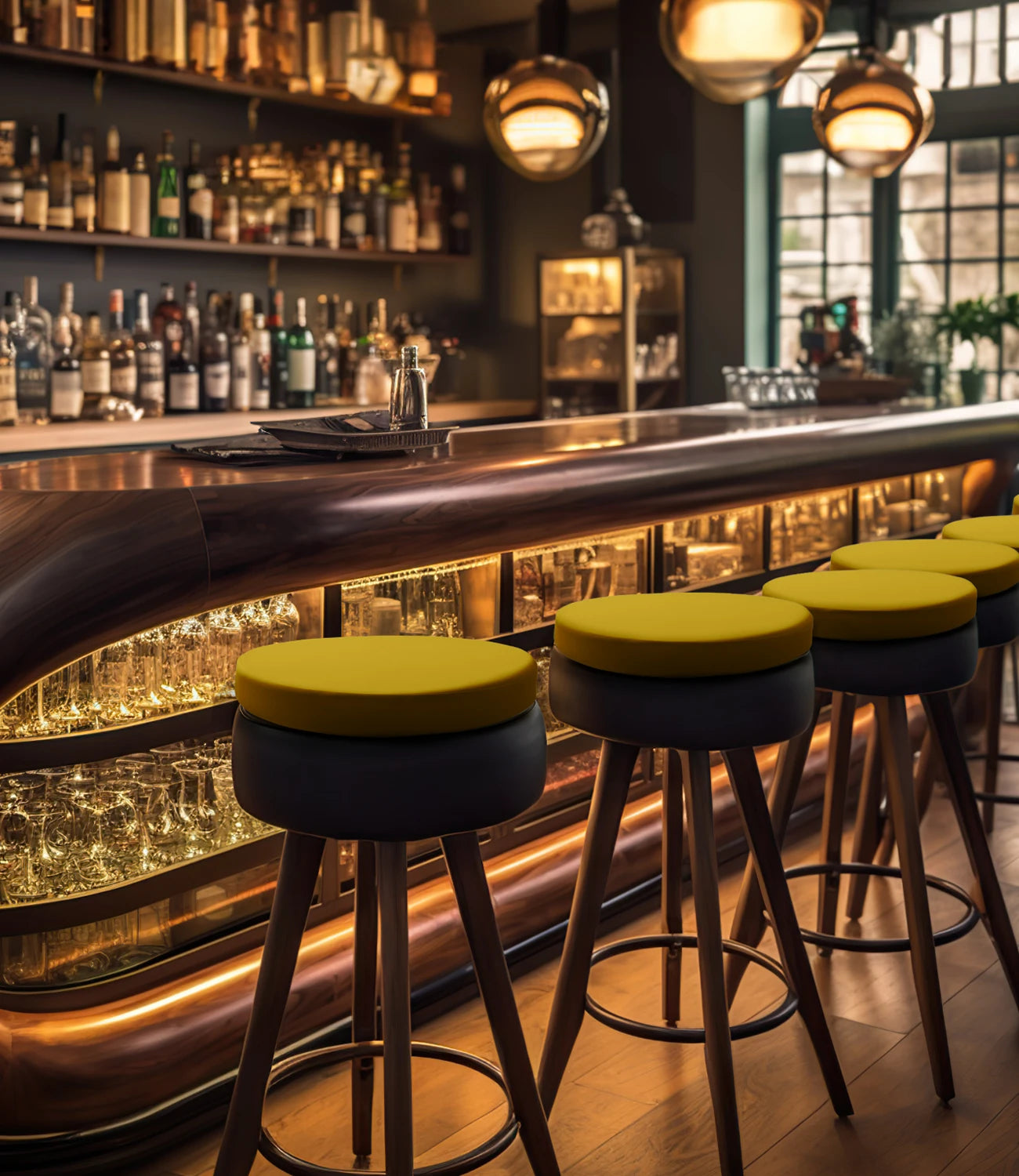
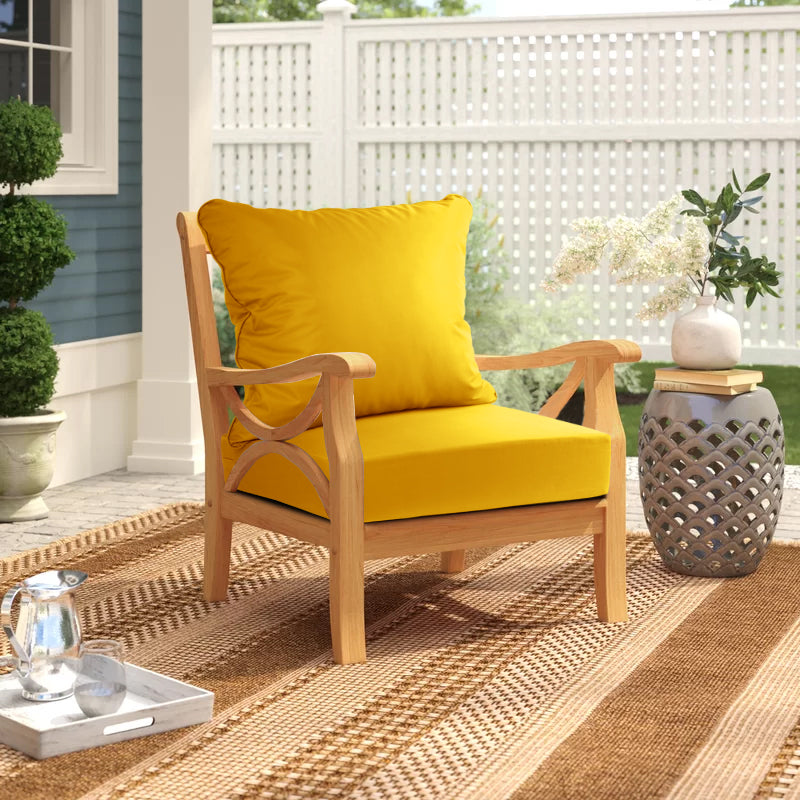
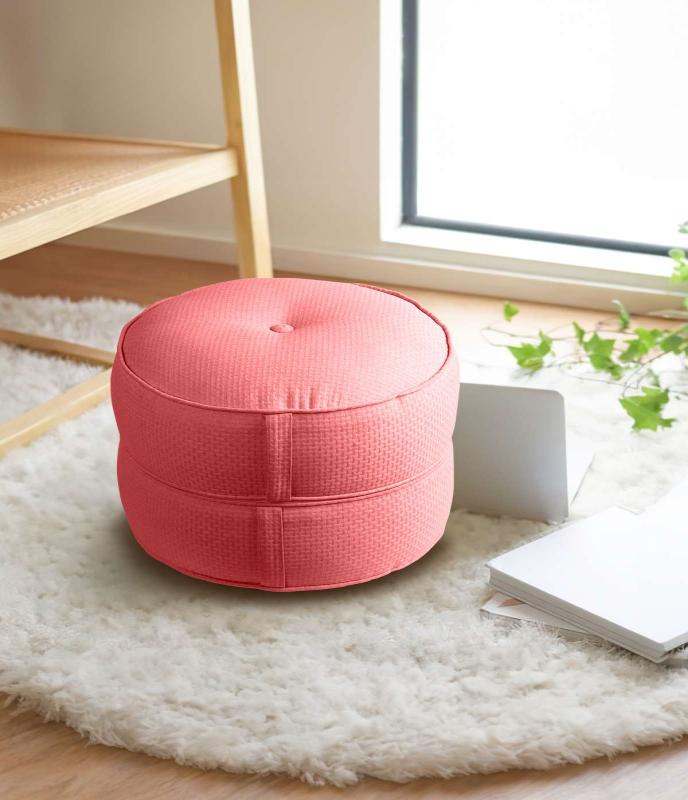
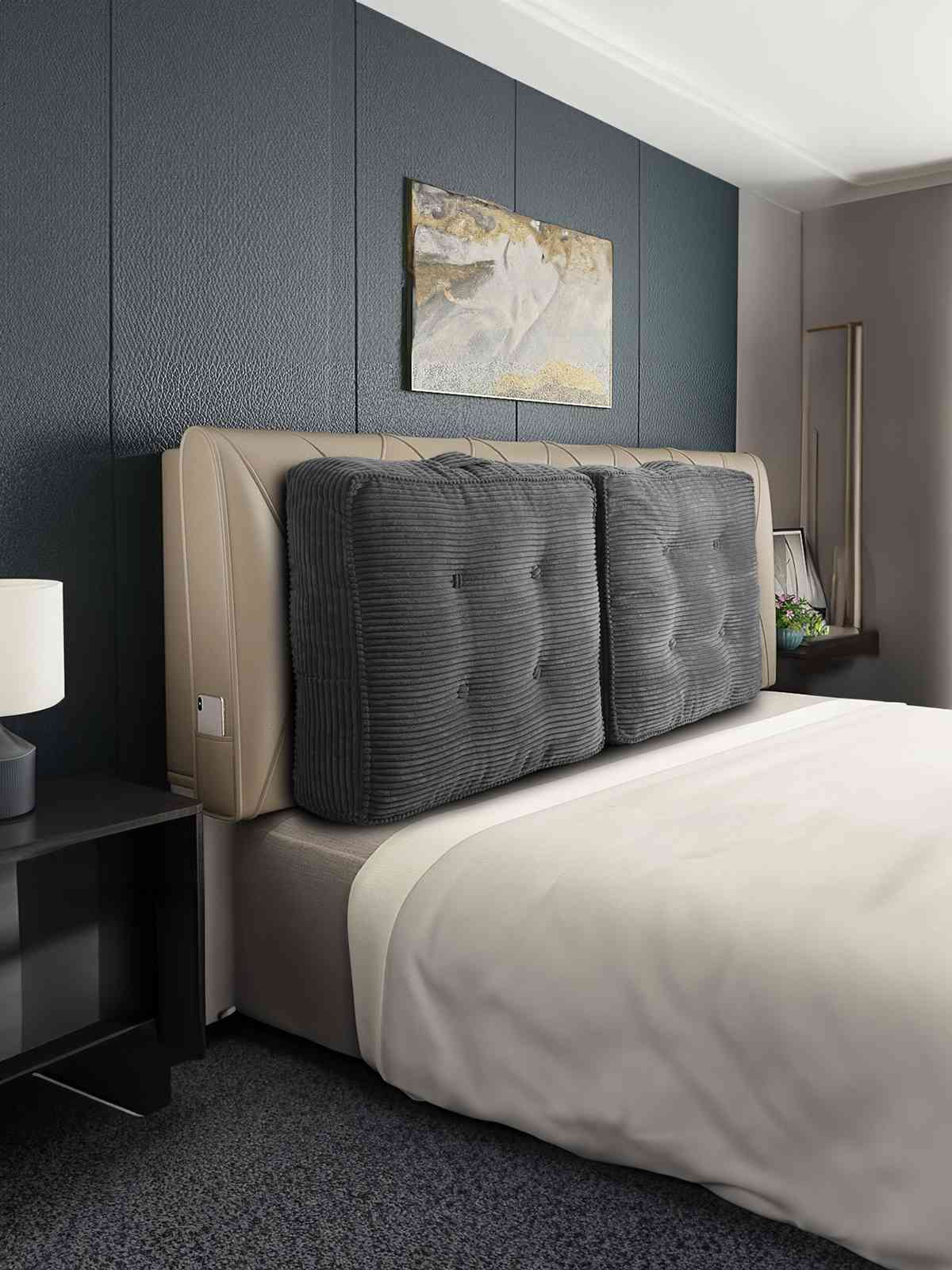
Leave a comment
All comments are moderated before being published.
This site is protected by hCaptcha and the hCaptcha Privacy Policy and Terms of Service apply.